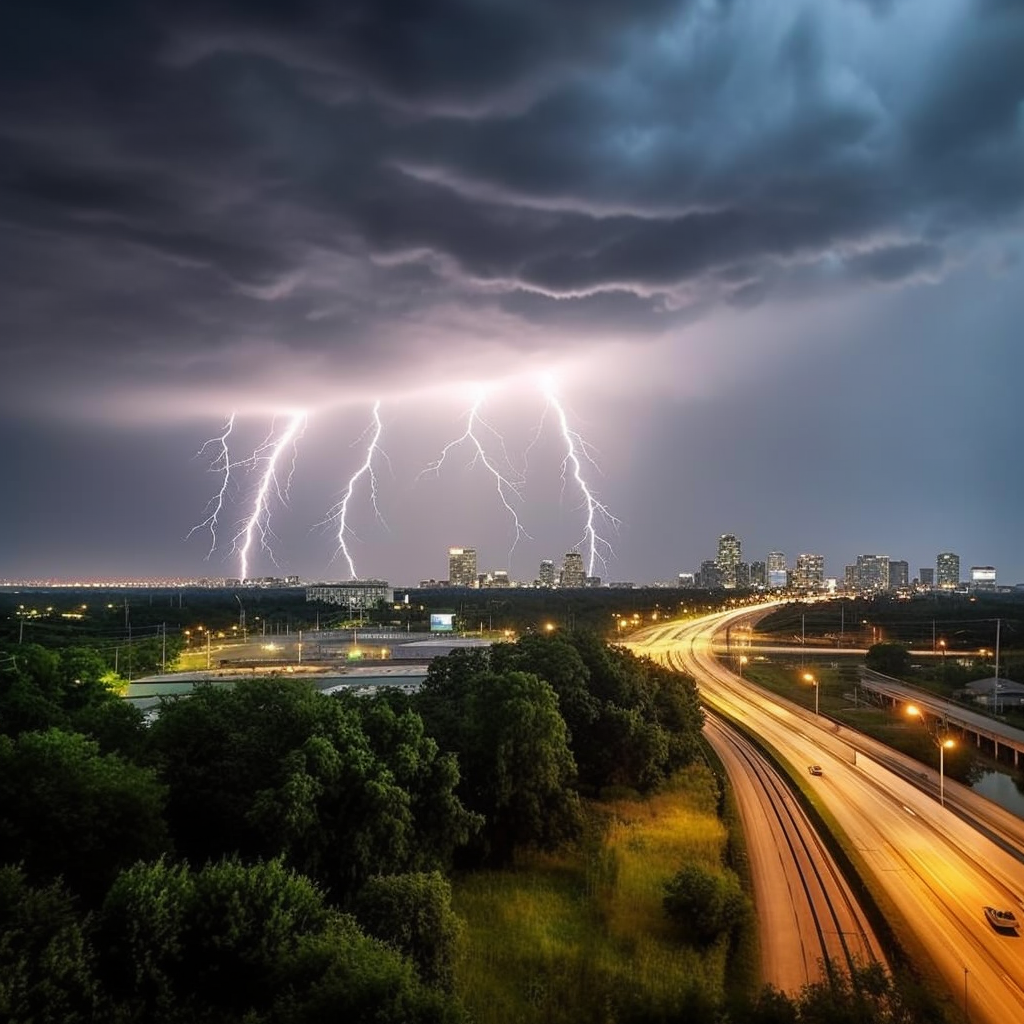May 20, 2024
The Impact of Global Warming on Storm Intensity
Book a Demo
The world is in the midst of a climate crisis, and one of the most visible manifestations of this crisis is the changing patterns of severe weather events. Global warming is predicted to cause storms to become more intense, due to the creation of conditions more favorable for severe weather events. This is not just a theoretical prediction, as recent events have begun to show signs of this alarming trend.
Recent storms in Houston and the Gulf Coast have displayed hurricane-like destruction, highlighting the potential impact of global warming on storm intensity. This is because increased global temperatures can cause storms to deliver larger amounts of rain. Warmer air holds more moisture and this enhances a storm’s precipitation capacity. In other words, as the world heats up, storms are likely to bring more rainfall and cause more damage.
Furthermore, atmospheric instability may also rise due to global warming, providing additional energy to lift moist air during storms and potentially increasing storm strength. This means that not only could there be more rainfall, but the storms themselves could be more powerful.
However, establishing these trends remains complex due to numerous contributing factors, despite our clear theoretical understanding of global warming’s impact on storms. Therefore, while we can predict that storms will increase in intensity, it is difficult to provide a specific timeline for these changes.
Nonetheless, the evidence is mounting that global warming is already having a significant impact. Severe storms have caused significant damage in areas traditionally not prone to such events. Home insurers in states like Iowa, Arkansas, and Ohio, for example, are reporting considerable losses.
Moreover, tornadoes, while not clearly increasing in frequency or intensity, appear to occur in more concentrated bursts. Larger areas of the central U.S. are experiencing straight-line gusts, suggesting that tornado activity may be changing in response to global warming.
Finally, the cumulative damage from severe storms in non-coastal areas is now comparable to that in hurricane-prone regions. This indicates a potential shift in weather patterns and risk areas, with regions previously considered safe from severe weather now facing increased risk.
It is clear that global warming is likely to have a significant impact on storm intensity. While it is difficult to predict the specifics, the overall trend is clear and concerning. The world must act now to mitigate the worst effects of global warming and protect vulnerable communities from increasingly severe weather events.
Science4Data is committed to cut through greenwashing and measure real impact. Join the journey to a sustainable future. Your actions matter.



